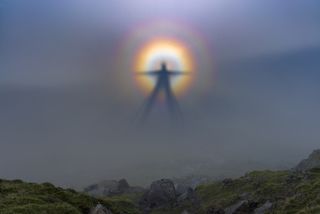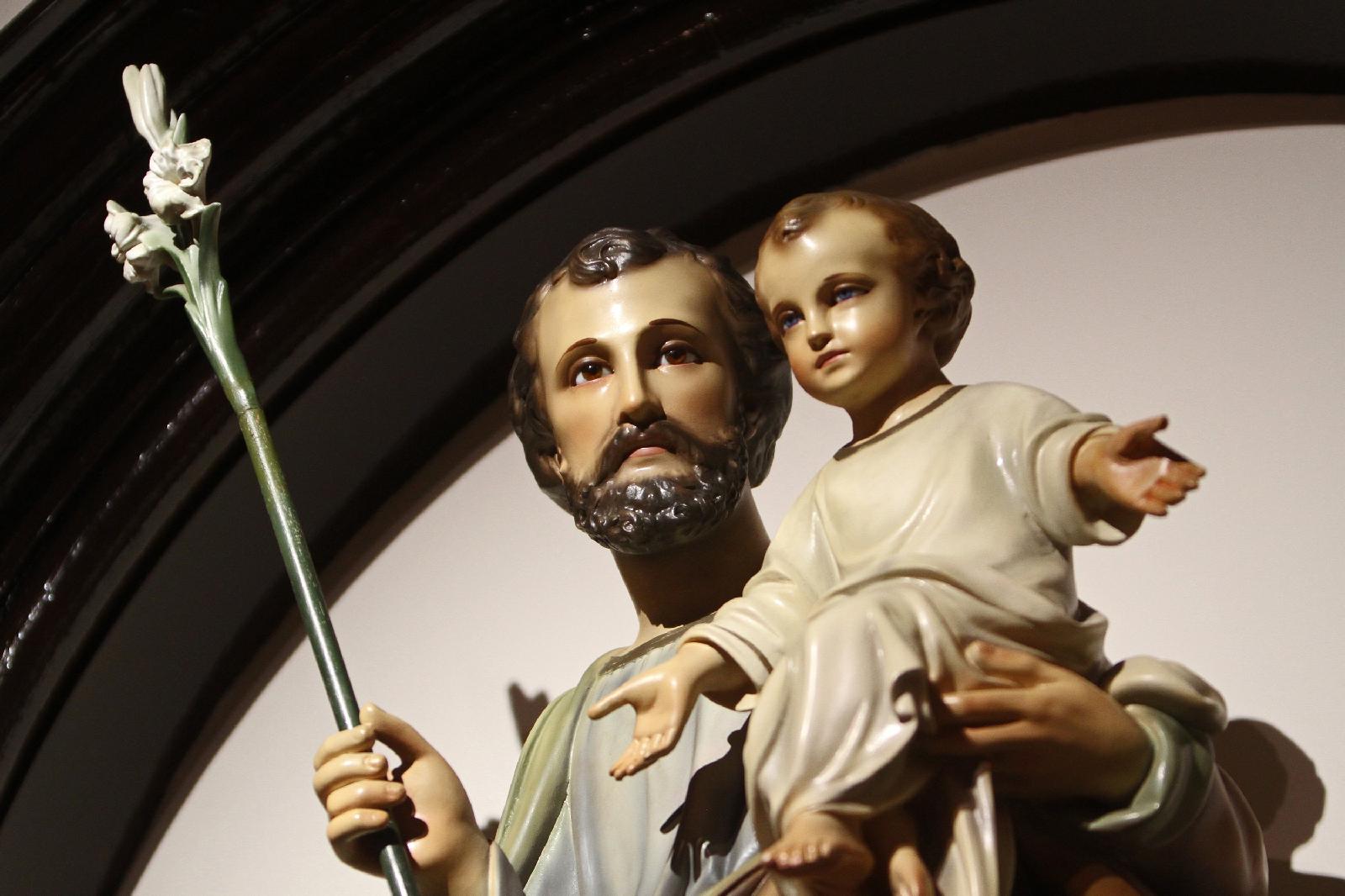It’s not the feast day of Saint Michael; granted. It’s not deep autumn. But Lent is certainly a spiritual-warfare time of the year, in fact more so even than the feast of Saint Michael (and the build-up to Halloween).
The reasons are obvious: It was during the Forty Days that Jesus confronted the devil in the desert and atop the temple (Luke 4:9). It was just before Calvary that demons infused Judas and then the throngs screaming for His crucifixion. And it was on Calvary that He ultimately and forever defeated Satan.
The main mission of Jesus — as He said Himself — was waging war with Satan. “The reason the Son of God appeared was to destroy the works of the devil” (1 John 3:8). Note how personal it was; the Bible is not speaking about generic evil and simple sinfulness (though He certainly fought that) but specifically the works and deceptive webs of His adversary.
We live at a time when, as during Lent, and Halloween, the veil is thin. Compounding that, our era is one in which the devil has manifested in blatant ways. If you feel afflicted by strange intransigent problems, consider that a demon or demons may be behind it. (“I bind and command you out Satan, in the Name of Jesus.”) We see possible examples of such manifestations (and that thinning veil) not only in mystical literature but now in secular news — examples of phantoms that boldly and actually now materialize around us.
Some of the cases are not new — just documented in a vivid way in our modern internet time.
Said a site called LiveScience last week, “For hundreds of years, people have looked up at the hazy peaks of California’s Santa Lucia Mountains at sunset and seen tall, cloaked figures staring back. Then, within moments, the eerie silhouettes disappear.
“These twilight apparitions are known as the Dark Watchers — shady, sometimes 10-foot-tall (3 meters) men bedecked in sinister hats and capes. They primarily appear in the afternoon, and according to a recent article on SFGate.com, visitors to California have seen them perched ominously on the mountaintops for more than three hundred years.

“‘When the Spanish arrived in the 1700s, they began calling the apparitions los Vigilantes Oscuros (literally “the dark watchers”),’ Katie Dowd wrote in the article. ‘And as Anglo American settlers began staking claims in the region, they too felt the sensation of being watched from the hills.”
(Above, a photo showing the ‘Brocken specter’ — an optical illusion that occurs when a figure’s shadow looms enormous and glowing on a backdrop of cloud.)
(Below is another view of the “specter.”)

There are powers. There are principalities. There is a phenomenal dearth of teaching about them in our time in our Church. Evil always watches. But so do angels.
On to the London Mail:
“A terrified grandma is begging for help after capturing ‘a demon’ standing over her grandchild’s bed — just days after the toddler was heard warning an invisible intruder to ‘go away,'” it informs us.
“Tory McKenzie, 41, set up a motion-activated camera at her son’s house after complaints his two-year-old daughter Amber McKenzie was talking to something unseen in the middle of the night.
“The grandma checked her camera’s app four days later to find a bone-chilling image of a figure standing inches away from the sleeping tot and her seven-month-old brother Michael McKenzie, with ‘a horn on its head and long claws.'”
Tory, these simple words: “I plead the Blood. The Lord rebuke you, Satan.”
We need not be afraid of the devil, if we invoke Christ, and know Him personally.
The evil one needs to be — and is — afraid of us.

We are the beneficiaries, the inheritors, of Calvary.
And interesting it is, with the phantoms showing themselves so boldly, how on the other hand it is the time of Saint Joseph.
His feast day. His year.
What a brilliant stroke this was, declaring it the year of Saint Joseph who is known by the title “Terror of Demons.”
[resources: Michael Brown Prayer of the Warrior]
[Footnote: The sneakiness of evil can be surprising. A former Satanist from New York City, John Ramirez, claims that “I Love Lucy” purveyed an occult invocation by way of “Ricky Ricardo’s” signature song, “Babalú,” a Cuban popular afro song written by Margarita Lecuona. “The song title is a reference to the Santería deity Babalú Ayé, ” says Wikipedia: “In the song’s lyrics, originally written in Spanish creole, the singer wonders aloud what to do with a statue of Babalú Ayé, now that a Santería rite had been invoked by others. He suggests that seventeen candles be lit up, in the shape of a cross, and that a cigar and aguardiente be brought to him, as to pay homage to the deity. He then requests good luck, love from his beloved woman, and safety and protection to both.
“Babalú” was the signature song of the fictional television character Ricky Ricardo, played by Desi Arnaz in the television comedy series I Love Lucy, though it was already an established musical number for Arnaz in the 1940s as evidenced in the 1946 film short Desi Arnaz and His Orchestra.”]


